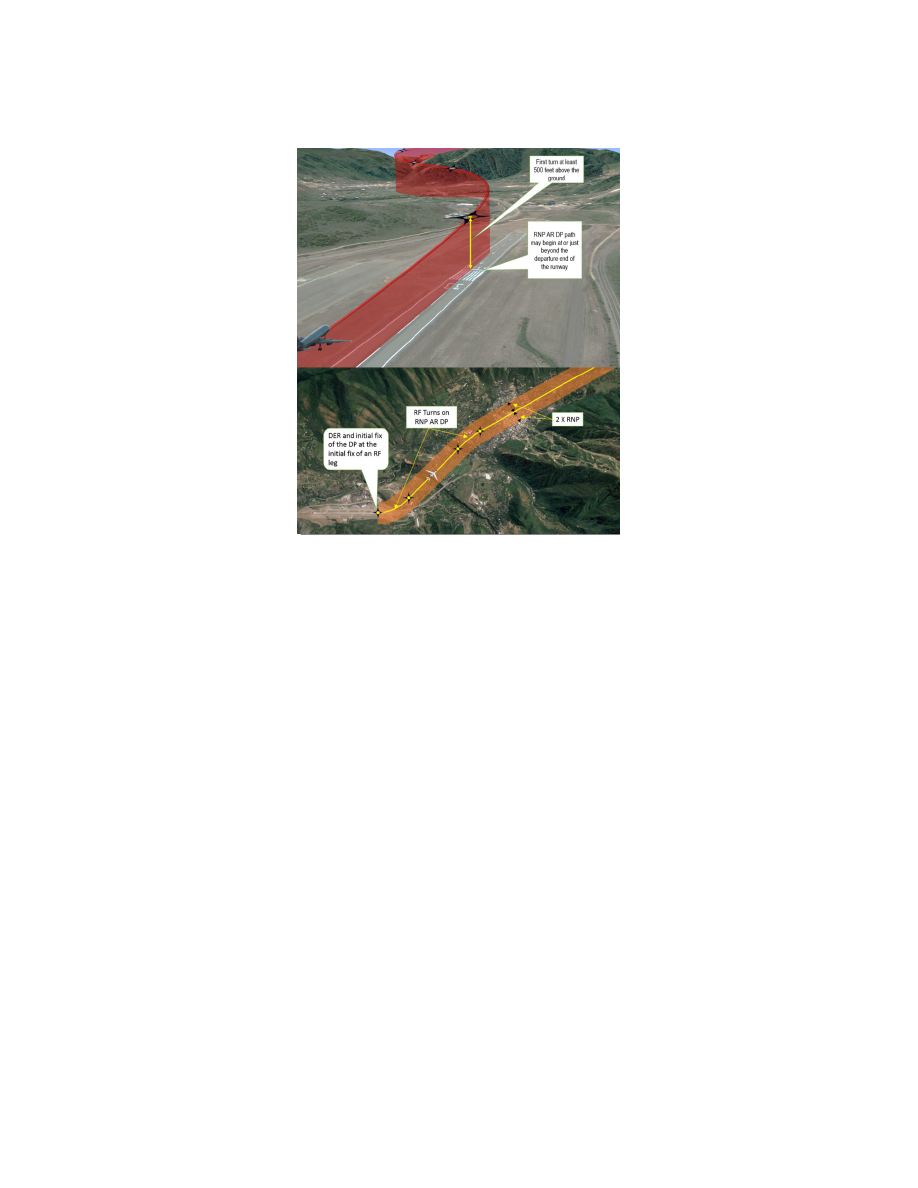
4/20/23
AIM
FIG 5
−
4
−
26
Example of an RNP AR DP
5
−
4
−
19. Side
−
step Maneuver
a.
ATC may authorize a standard instrument approach procedure which serves either one of parallel runways
that are separated by 1,200 feet or less followed by a straight
−
in landing on the adjacent runway.
b.
Aircraft that will execute a side
−
step maneuver will be cleared for a specified approach procedure and
landing on the adjacent parallel runway. Example, “cleared ILS runway 7 left approach, side
−
step to runway 7
right.” Pilots are expected to commence the side
−
step maneuver as soon as possible after the runway or runway
environment is in sight. Compliance with minimum altitudes associated with stepdown fixes is expected even
after the side
−
step maneuver is initiated.
NOTE
−
Side
−
step minima are flown to a Minimum Descent Altitude (MDA) regardless of the approach authorized.
c.
Landing minimums to the adjacent runway will be based on nonprecision criteria and therefore higher than
the precision minimums to the primary runway, but will normally be lower than the published circling
minimums.
5
−
4
−
20. Approach and Landing Minimums
a. Landing Minimums.
The rules applicable to landing minimums are contained in 14 CFR Section 91.175.
1 may be used to convert RVR to ground or flight visibility. For converting RVR values that fall
between listed values, use the next higher RVR value; do not interpolate. For example, when converting
1800 RVR, use 2400 RVR with the resultant visibility of
1
/
2
mile.
b. Obstacle Clearance.
Final approach obstacle clearance is provided from the start of the final segment to
the runway or missed approach point, whichever occurs last. Side
−
step obstacle protection is provided by
increasing the width of the final approach obstacle clearance area.
Arrival Procedures
5
−
4
−
55